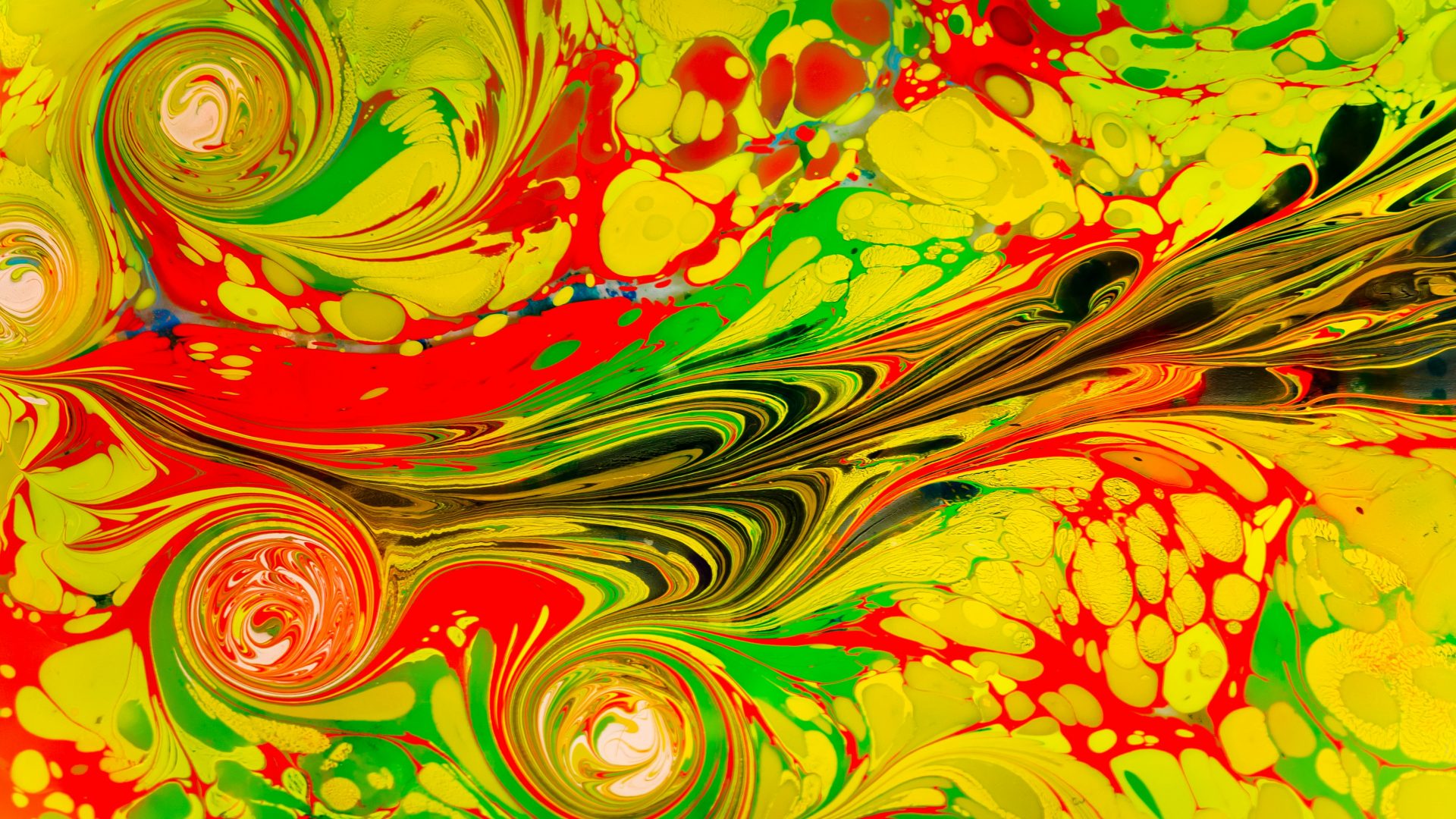Ymir: The Primeval Frost Giant in Norse Creation

Hey there, amazing readers! 🖐️ Just a quick note: yes, we know there are a lot of ads here. Trust us, we get it—it’s not the prettiest look, but they help us keep this blog alive and kicking. Those pesky little ads cover the costs of all the behind-the-scenes magic, from hosting and tech stuff to creating content we hope you’ll love.
We’re committed to delivering quality posts, and your support (even just sticking around despite the ads) means everything to us. So, bear with us, and thanks for helping us keep the good vibes rolling. Now, on to the fun stuff! 😉
TRANSLATE BUTTON AT THE END OF THE ARTICLE
Introduction: Ymir, the Primeval Frost Giant
Ymir, the primeval frost giant, holds a significant place in Norse mythology as the being from which all life originated.
This towering figure symbolizes the chaotic and elemental forces that existed before the creation of the world.
According to ancient Norse cosmology, Ymir emerged from the primordial void known as Ginnungagap, embodying the raw power of ice and frost.
As we delve deeper into the mythological tapestry of the Norse, we begin to unravel the origins, role, and enduring significance of Ymir in the creation of the Nine Worlds.
Origins of Ymir in Norse Mythology
In Norse mythology, Ymir’s origins can be traced back to the time before time, when the universe was devoid of existence.
The creation myth begins with the emergence of two primordial realms: Muspelheim, a realm of fire and heat, and Niflheim, a realm of ice and cold.
The meeting point between these contrasting worlds, Ginnungagap, served as the cosmic void from which all life would eventually spring forth.
It is within this void that Ymir came into being, formed from the icy mists that permeated Niflheim.
Ymir: The First Being in Existence
Ymir, as the first being in existence, represents the embodiment of primordial chaos.
This colossal frost giant possessed immense power, and his form was a fusion of both male and female elements.
Ymir was a hermaphroditic being, capable of self-reproduction.
As such, it is said that he gave birth to the race of giants known as the Jotnar, who would later become key figures in Norse mythology.
Ymir and the Birth of the Nine Worlds
According to Norse cosmology, the birth of the Nine Worlds occurred through a combination of chance and destiny.
As Ymir slumbered, the heat from Muspelheim thawed the icy mists surrounding him, causing the formation of drops of water.
These drops took on a life of their own, manifesting as the primordial cow Audumbla.
Audumbla, in turn, nourished Ymir with her milk, and from her licking the ice emerged the god Buri and his son Bor, who would be instrumental in shaping the cosmos.
The Creation of Earth from Ymir’s Body
The creation of the Earth in Norse mythology is intrinsically linked to the demise of Ymir.
As the primordial giants multiplied, their numbers grew to such an extent that it caused conflicts and upheaval in the cosmos.
The gods, who emerged from the line of Buri and Bor, eventually decided to put an end to this chaotic state.
Led by Odin, Vili, and Ve, the three brothers slew Ymir, ushering in a cataclysmic event known as the "Great Flood."
Following Ymir’s death, his body became the foundation for the creation of the Earth.
His flesh transformed into the land, his blood into the oceans and rivers, his bones into mountains, and his teeth into stones.
With this act, the gods established a stable realm where life could flourish, making Ymir’s sacrifice essential for the formation of the Nine Worlds.
Ymir’s Children: The Giants and the Gods
Ymir’s offspring, the giants, played a significant role in both Norse mythology and the ongoing conflict between chaos and order.
The giants, known as Jotnar, were powerful beings born from the flesh of Ymir.
They possessed immense strength and were often portrayed as adversaries of the gods.
However, not all the giants were malevolent.
Some, such as the wise giant Mimir, held knowledge and wisdom that the gods sought.
On the other hand, Ymir’s other children, the gods, were the progenitors of the Aesir and Vanir pantheons.
Odin, the chief of the gods, along with his brothers Vili and Ve, rose to prominence after slaying their primordial ancestor.
These gods represented order, civilization, and the forces that sought to balance the inherent chaos of the universe.
Thus, Ymir’s children, the giants and the gods, personified the eternal struggle between chaos and order, as well as the delicate balance between the two.
Ymir’s Role in the Clash of the Titans
Ymir’s role in the clash of the titans, known as the Ragnarok, is a pivotal event in Norse mythology.
This apocalyptic battle signifies the end of the current cycle and the beginning of a new one.
During Ragnarok, the giants, led by the monstrous Loki and his children, wage war against the gods, resulting in the destruction of the Nine Worlds.
Ymir’s descendants, the giants, play a significant part in this cataclysmic event.
The giants, fueled by their thirst for power and desire to overthrow the gods, unleash chaos upon the cosmos, leading to its ultimate demise.
In this climactic battle, Ymir’s legacy is realized as the forces of chaos and order collide, bringing an end to the current world and paving the way for its rebirth.
Ymir’s Influence on Norse Cosmology
Ymir’s influence on Norse cosmology cannot be overstated.
As the progenitor of the giants, Ymir embodies the untamed and chaotic aspects of the universe.
His existence serves as a reminder of the delicate balance between chaos and order, and the necessary interplay between the two forces for creation and existence to occur.
Furthermore, Ymir’s death and subsequent transformation into the Earth shape the very landscape of the Nine Worlds.
His sacrifice provides the foundation for the realms to exist and flourish.
The giants, born from his flesh, continue to challenge the gods and symbolize the ever-present threat of chaos.
Thus, Ymir’s influence permeates every aspect of Norse cosmology, shaping the very fabric of the mythical universe.
Ymir’s Legacy in Norse Literature and Art
Ymir’s legacy can be seen in various Norse literary and artistic works, where his role and significance are explored in greater detail.
In the Prose Edda, written by Snorri Sturluson in the 13th century, Ymir’s creation and death are described in intricate detail.
This influential text provides a comprehensive account of Norse mythology, including the role of Ymir in the formation of the Nine Worlds.
Norse art also often depicts Ymir, either as a towering giant or as the source from which the Earth springs forth.
Sculptures, paintings, and carvings showcase Ymir’s central role in the cosmogonic cycle.
These artistic representations serve to preserve and transmit the mythological tales and beliefs of the Norse people, ensuring that Ymir’s legacy endures throughout the ages.
Symbolism and Interpretations of Ymir
Ymir’s character holds multiple layers of symbolism and interpretations.
On a cosmic level, Ymir represents the primordial chaos that predates the ordered world.
His slumber and subsequent death symbolize the transition from chaos to order, mirroring the cyclical nature of existence.
Additionally, Ymir’s hermaphroditic nature represents the duality and balance of male and female energies within the universe.
Furthermore, Ymir’s body transforming into the Earth represents the interconnectedness of all things.
His sacrifice serves as a reminder of the intricate relationship between life, death, and rebirth.
Ymir’s story also highlights the importance of sacrifice in the Norse worldview, wherein creation often requires the destruction or transformation of existing elements.
Ymir in Popular Culture: From Myth to Modern Media
Ymir’s enduring significance in Norse creation has made its way into popular culture, where his character is often portrayed in various forms of media.
From novels to video games, Ymir’s influence can be seen in a multitude of interpretations.
Marvel Comics, for instance, features Ymir as a recurring character in their Thor storyline, embodying the primeval chaos and standing as a formidable foe for the god of thunder.
Video games, such as the popular "God of War" series, also draw inspiration from Norse mythology and prominently feature Ymir in their narratives.
These modern adaptations showcase the appeal and timeless nature of Norse mythology, ensuring Ymir’s continued relevance in the realm of popular culture.
Conclusion: Ymir’s Enduring Significance in Norse Creation
In conclusion, Ymir, the primeval frost giant, occupies a central role in Norse creation myth.
As the first being in existence, his emergence from Ginnungagap signifies the birth of chaos and the prelude to creation.
Ymir’s death and subsequent transformation into the Earth lay the foundation for the formation of the Nine Worlds, while his offspring, the giants and gods, represent the eternal struggle between chaos and order.
Ymir’s legacy continues to resonate in Norse literature, art, and popular culture, ensuring his enduring significance.
His character embodies the duality of existence, the necessity of sacrifice, and the delicate balance between chaos and order.
Ymir stands as a testament to the rich mythological tradition of the Norse, offering profound insights into their understanding of the universe and the forces that shape it.

The Enlightenment Journey is a remarkable collection of writings authored by a distinguished group of experts in the fields of spirituality, new age, and esoteric knowledge.
This anthology features a diverse assembly of well-experienced authors who bring their profound insights and credible perspectives to the forefront.
Each contributor possesses a wealth of knowledge and wisdom, making them authorities in their respective domains.
Together, they offer readers a transformative journey into the realms of spiritual growth, self-discovery, and esoteric enlightenment.
The Enlightenment Journey is a testament to the collective expertise of these luminaries, providing readers with a rich tapestry of ideas and information to illuminate their spiritual path.
Our Diverse Expertise 🌟
While our primary focus is on spirituality and esotericism, we are equally passionate about exploring a wide range of other topics and niches 🌍📚. Our experienced team is dedicated to delivering high-quality, informative content across various subjects ✨.
To ensure we provide the most accurate and valuable insights, we collaborate with trusted experts in their respective domains 🧑🏫👩🏫. This allows us to offer well-rounded perspectives and knowledge to our readers.
Our blog originally focused on spirituality and metaphysics, but we’ve since expanded to cover a wide range of niches. Don’t worry—we continue to publish a lot of articles on spirituality! Frequently visit our blog to explore our diverse content and stay tuned for more insightful reads.





















